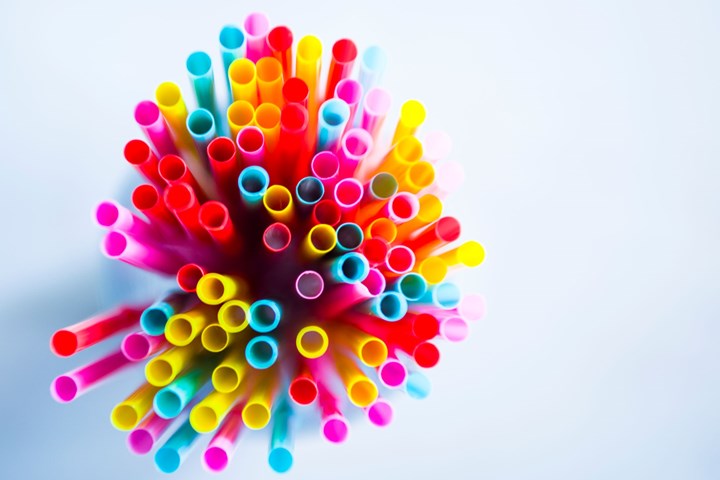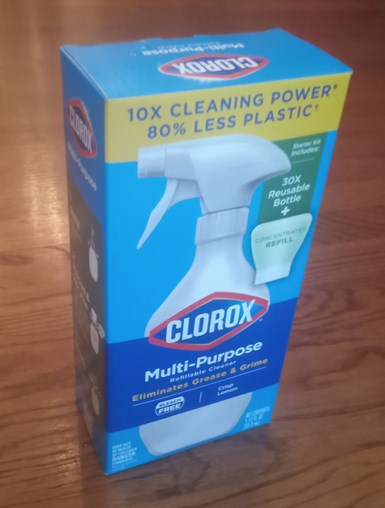U.S. Plastics Pact Reports Status Relative to 2025 Targets
Report aggregates data from members aiming to increase recycling and decrease use of problematic materials.
The , a consortium working to bring about a circular economy for plastics, has released its annual report. The report compiles data for 2021 from 101 大象传媒es, governments, and nonprofit organizations including some of the most prominent consumer brands. Members of the pact, called activators, represent 5.9 million tons of plastic packaging in the U.S. market.
The U.S. Plastics Pact, launched in August 2020, has set four targets for 2025:
- Define a list of unnecessary or problematic materials and take steps to eliminate.
The U.S. Plastics Pact’s was released in January 2022. As of 2021, 14% of packaging marketed by the activators contains one or more of the materials.

The U.S. Plastics Pact’s list of problematic materials takes into consideration how a product is used. For example disposable plastic straws provided free with a beverage are considered problematic/unnecessary, straws sold directly to consumers are not.
Photo Credit: Getty
- All plastic packaging will be reusable, recyclable, or compostable.

Clorox refillable household cleaner won a Sustainable Packaging Innovation Award.
Photo Credit: Matt Stonecash
36% of plastic packaging brought to market by the activators was reusable, recyclable, or compostable. The pact uses a definition of recyclable which requires that a system be in place for recycling at scale, so materials that theoretically can be recycled but in practice are not, do not qualify. Sustainable Packaging Innovation Awards were used to recognize new package designs in four categories: recyclability, refill, compostability, and reuse.
- Take steps toward recycling or composting 50% of packaging.
A baseline U.S. recycling rate of 13.3% for packaging was calculated based on data from the EPA, the Association of Plastics Recyclers, and the National Association for PET Container Resources.
- Achieve 30% recycled or bio-based content in plastic packaging.
The average recycled content used by U.S. Plastic Pact activators was 8%. The report notes that activators are focusing on recycled content, as none have identified a responsibly sourced bio-based alternative.
Tracking Progress Toward the Four Plastics Packaging Targets
Activators of the U.S. Plastics Pact will continue to evaluate and report their progress annually through the World Wildlife Fund’s .
“We must continue to push the boundaries of collaboration and transparency to build the circular economy for plastics packaging.” says Emily Tipaldo, executive director of the U.S. Plastics Pact.
Related Content
-
PHA Compound Molded into “World’s First” Biodegradable Bottle Closures
Beyond Plastic and partners have created a certified biodegradable PHA compound that can be injection molded into 38-mm closures in a sub 6-second cycle from a multicavity hot runner tool.
-
Measuring Multilayer Plastic Containers Made Easier With Today's Ultrasonic Gauges
Ultrasonic gauge technology has evolved to simplify measurement of very thin layers in plastic containers. Today’s gauges with high-frequency capabilities and specialized software can make multilayer container measurement quick and easy for ordinary users.
-
Get Color Changes Right In Extrusion Blow Molding
Follow these best practices to minimize loss of time, material and labor during color changes in molding containers from bottles to jerrycans. The authors explore what this means for each step of the process, from raw-material infeed to handling and reprocessing tails and trim.








